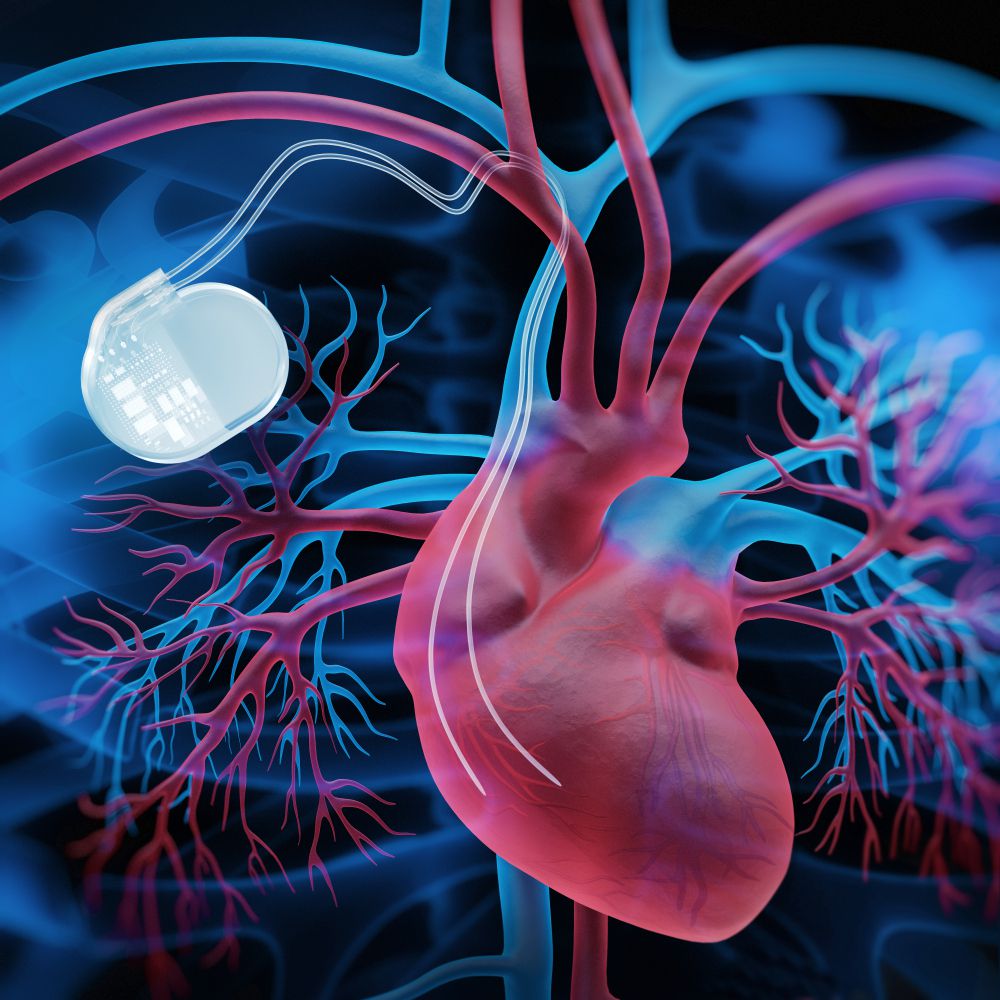
What is an ICD?
An ICD (implantable cardioverter defibrillator) is an electronic device that constantly monitors your heart rhythm. When it detects a very fast, abnormal heart rhythm, it delivers energy to the heart muscle. This causes the heart to beat in a normal rhythm again.
Why is an ICD needed?
Ventricular tachycardia and ventricular fibrillation are two life-threatening heart rhythms that cause the heart to beat very fast. These conditions can be fatal if not treated immediately.
Your doctor has recommended that you receive an ICD because you have had at least one episode of these heart rhythms or are at high risk of developing these types of heart rhythms.
Who needs an ICD?
An ICD may be recommended for people who:
How does an ICD work?
The ICD monitors the heart rhythm, identifies abnormal heart rhythms and determines the appropriate therapy to return your heartbeat to a normal heart rhythm. Your doctor programs the ICD to include one or all of the following functions:
Anti-tachycardia pacing (ATP) – When your heart beats too fast, a series of small electrical impulses are delivered to the heart muscle to restore a normal heart rate and rhythm.
Cardioversion – A low energy shock is delivered at the same time as your heartbeat to restore a normal heart rhythm.
Defibrillation – When the heart is beating dangerously fast, a high-energy shock is delivered to the heart muscle to restore a normal rhythm.
Bradycardia pacing – When the heart beats too slow, small electrical impulses are sent to stimulate the heart muscle to maintain a suitable heart rate.